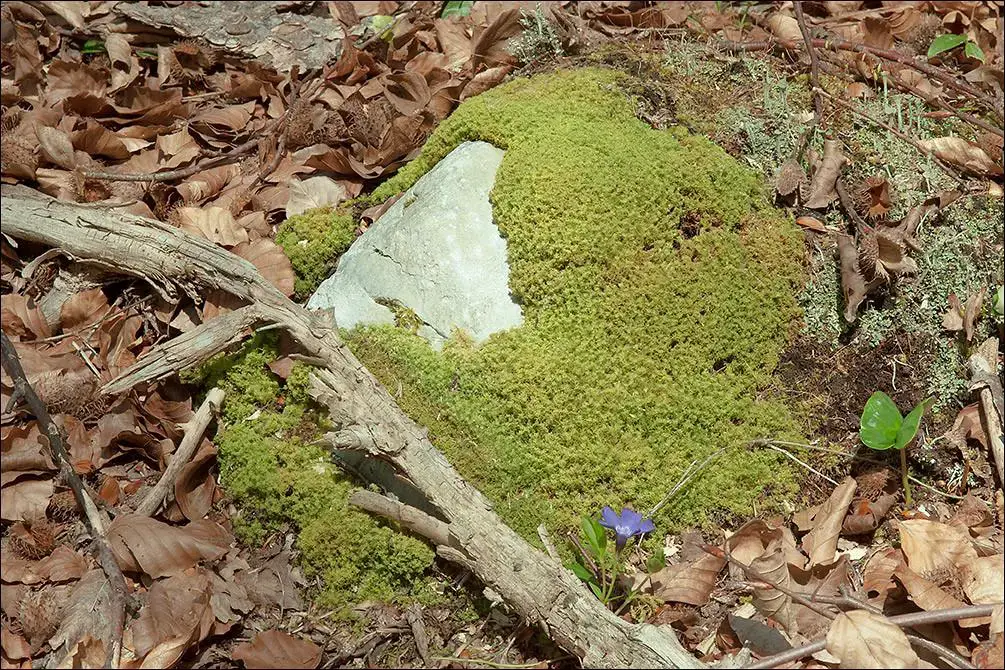
51717361243_668e348ee6_b.jpg from: https://www.flickr.com/photos/atrnkoczy/51717361243/
Introduction
The world of bryophytes, or non-vascular plants, is a fascinating one, and among its many wonders is the Tortella tortuosa (Schrad. ex Hedw.) Limpr. moss. This unassuming yet remarkable plant belongs to the Pottiaceae family and is commonly known as Tortella. Despite its small size, this moss plays a crucial role in various ecosystems and has captured the interest of enthusiasts worldwide.
Background
Before delving into the intricacies of Tortella tortuosa, it’s essential to understand the broader context of bryophytes. These ancient plants, which include mosses, liverworts, and hornworts, have been around for over 400 million years and are among the oldest land plants on Earth. They are often overlooked due to their diminutive stature, but their importance in the natural world cannot be overstated.
Main Content
Morphology and Identification
Tortella tortuosa is a small, acrocarpous moss that forms dense tufts or cushions. Its leaves are spirally twisted when dry, giving it a distinctive appearance. The leaves are lanceolate in shape, with a
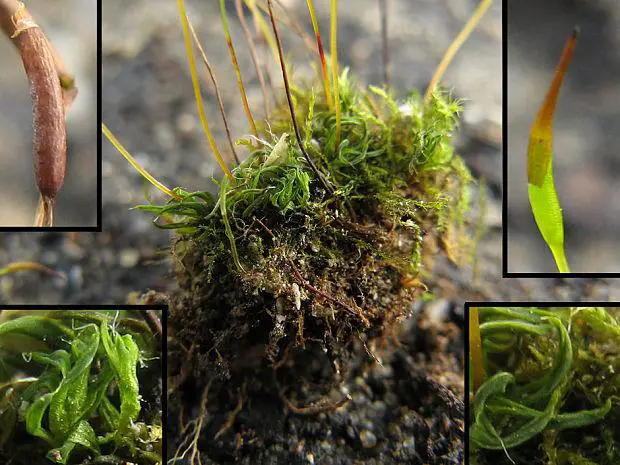
peter_retkovsky_170690.jpg from: https://www.nahuby.sk/obrazok_detail.php?obrazok_id=170690
single costa
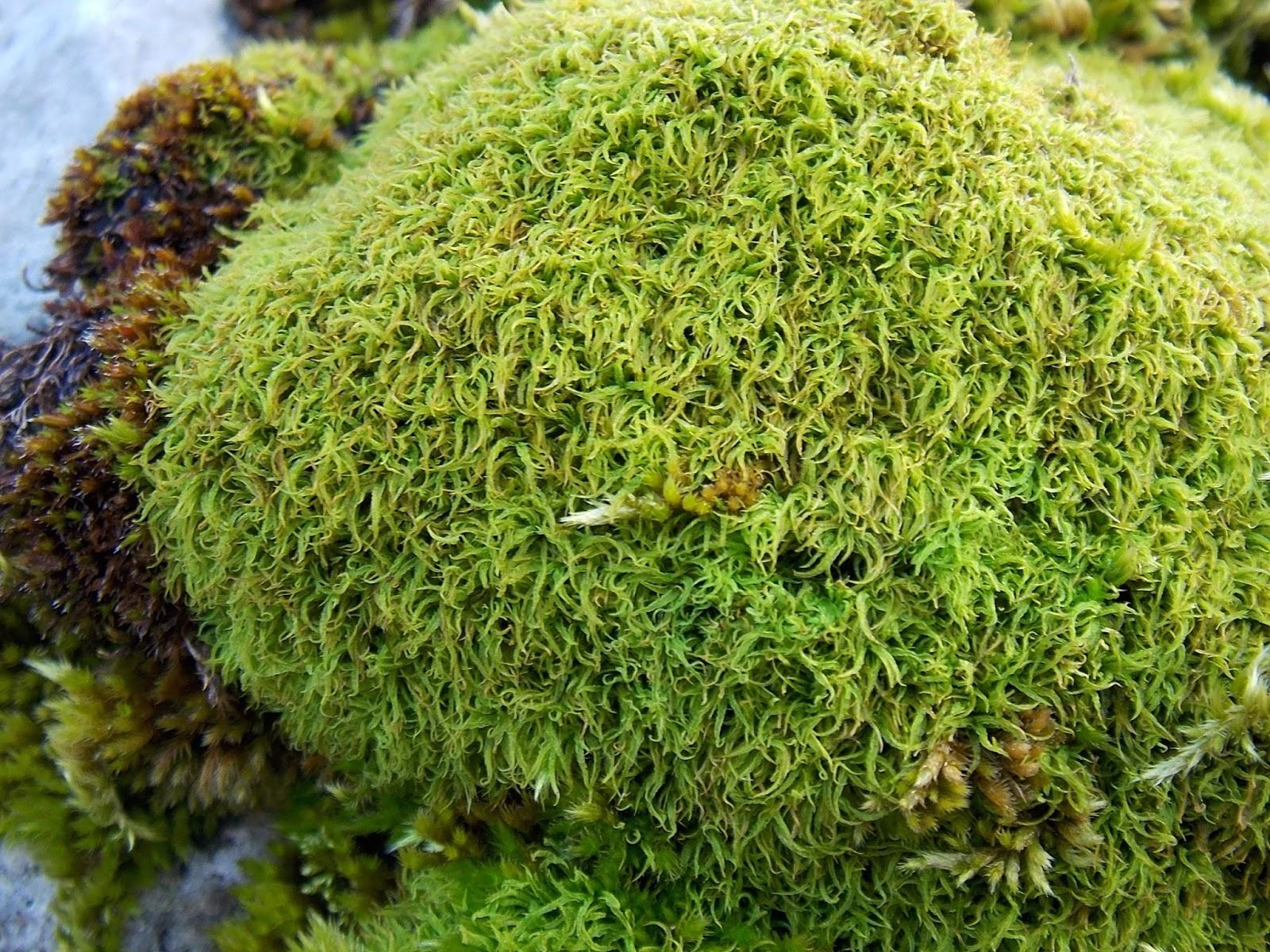
DSCN8448.JPG from: https://briofitedelmatese.blogspot.com/2018/03/tortella-tortuosa-hedw-limpr.html
(midrib) that extends to the leaf apex. The capsules, which contain the spores, are cylindrical and erect, borne on a twisted seta (stalk).
One of the key identifying features of Tortella tortuosa is its twisted peristome (tooth-like structures surrounding the capsule mouth). This unique characteristic, along with its overall morphology, helps distinguish it from other mosses in the
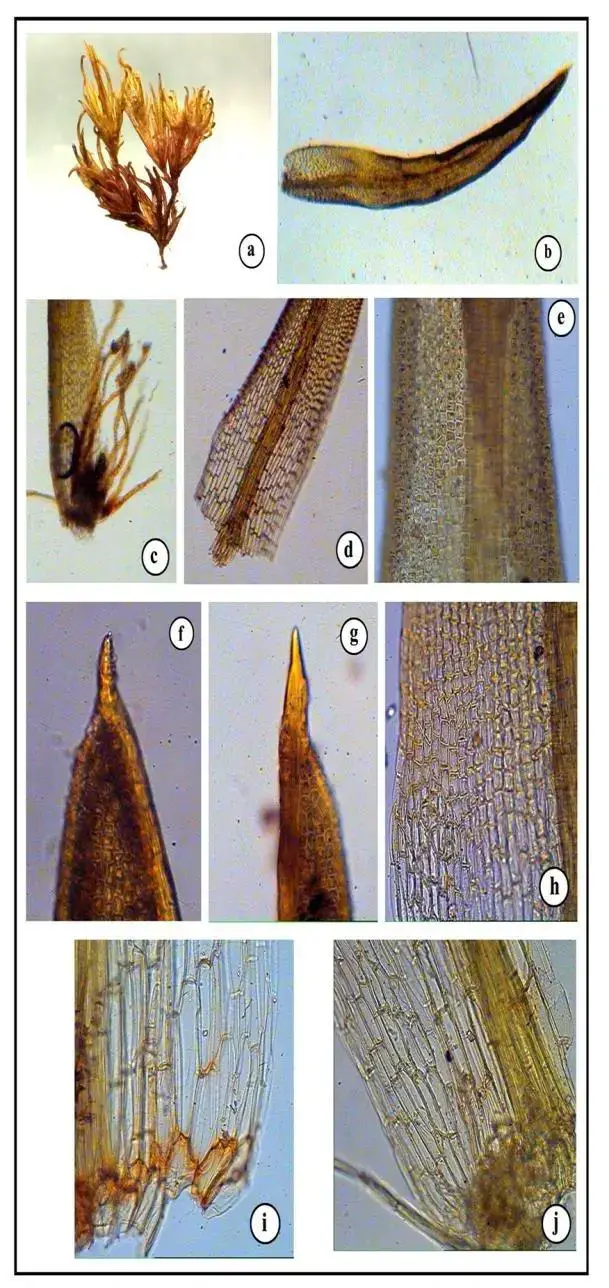
Figure-4-Tortella-tortuosa-Hedw-Limpr-a-habit-b-leaf-c-d-leaf-base-e.png from: https://www.researchgate.net/figure/Figure-4-Tortella-tortuosa-Hedw-Limpr-a-habit-b-leaf-c-d-leaf-base-e_fig3_322790079
Pottiaceae family.
Global Distribution and Habitat
Tortella tortuosa is a cosmopolitan species, meaning it can be found on almost every continent. It thrives in a wide range of habitats, from dry and exposed areas to shaded and moist environments. This moss is particularly common in temperate regions, where it can be found growing on soil, rocks, tree bases, and even old walls or buildings.
Despite its widespread distribution, Tortella tortuosa is often overlooked due to its small size and unassuming appearance. However, its ability to colonize diverse habitats and tolerate a range of environmental conditions makes it a resilient and adaptable species.
Ecological Roles and Adaptations
Like many mosses, Tortella tortuosa plays a vital role in its ecosystem. It helps to stabilize soil, prevent erosion, and provide a microhabitat for various invertebrates and microorganisms. Additionally, mosses like Tortella tortuosa
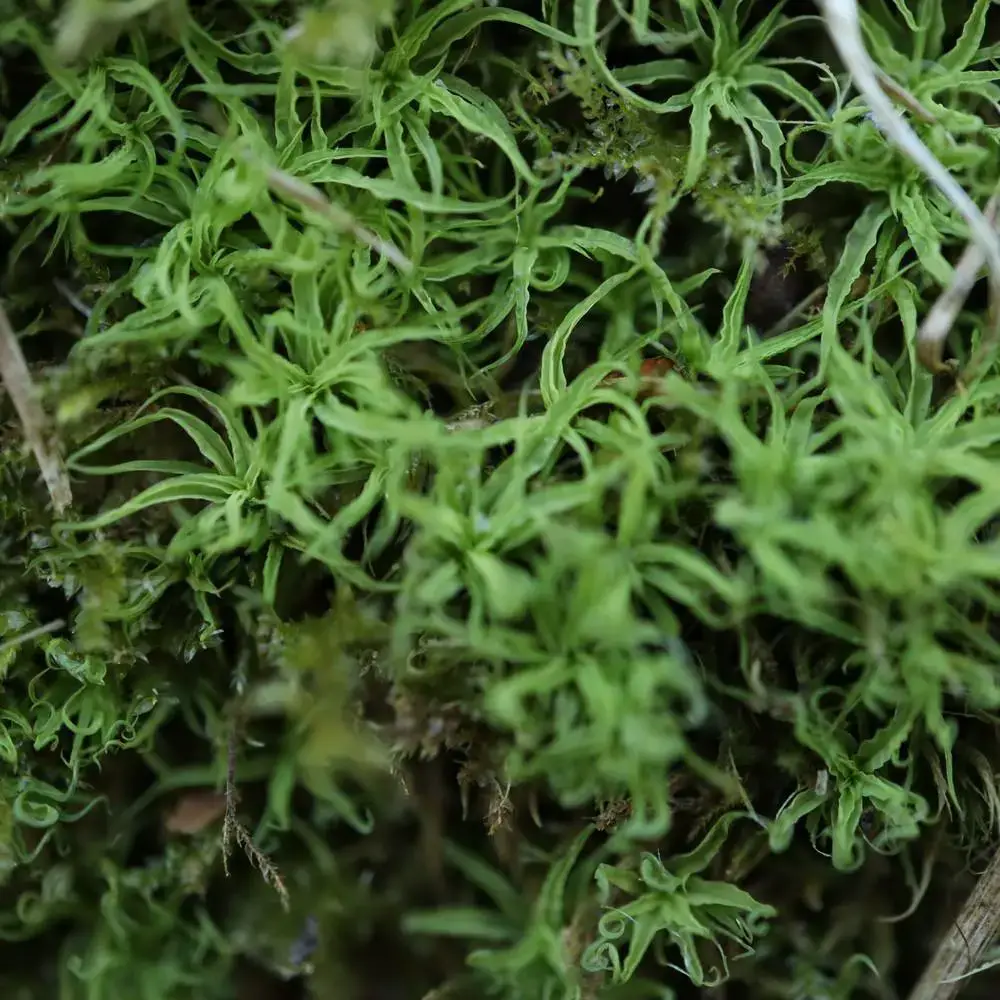
34477710.jpg from: https://waarneming.nl/waarneming/view/210868713?_popup=1
are important pioneers in the process of succession, paving the way for other plants to establish themselves.
One of the remarkable adaptations of Tortella tortuosa is its ability to desiccate (dry out) and revive
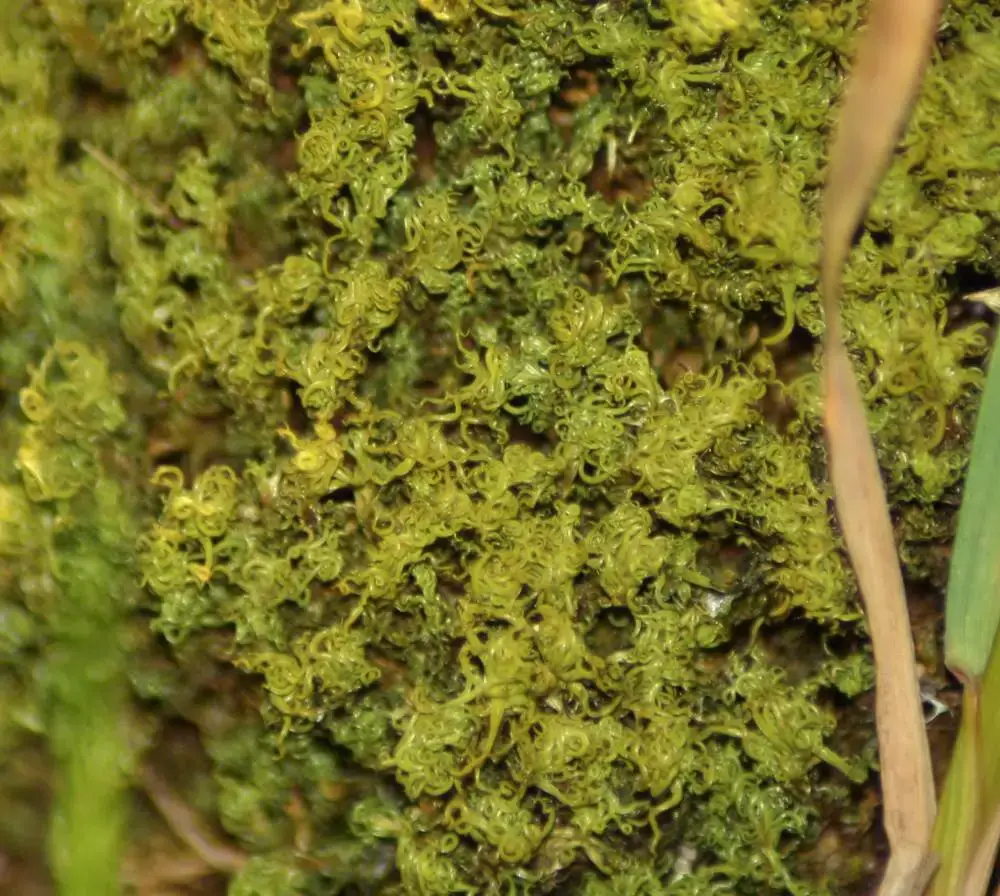
37404062.jpg from: https://waarneming.nl/waarneming/view/217181714?_popup=1
when moisture becomes available again. This trait, known as poikilohydry, allows the moss to survive in harsh and arid environments. Furthermore, its twisted leaves
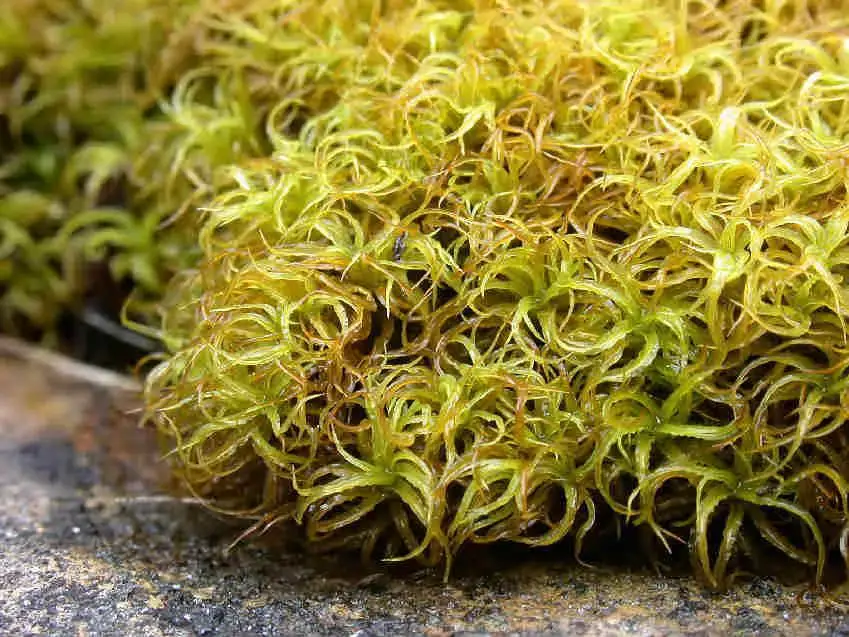
Tortella_tortuosa_002.JPG from: https://cisfbr.org.uk/Bryo/Cornish_Bryophytes_Tortella_tortuosa.html
help to minimize water loss and protect the delicate reproductive structures during dry periods.
Case Studies/Examples
Tortella tortuosa has been the subject of numerous scientific studies, particularly in the fields of bryology and ecology. For example, researchers have investigated the moss’s role in soil stabilization and its potential use in ecological restoration projects. Additionally, Tortella tortuosa has been studied for its tolerance to heavy metals and its ability to act as a bioindicator of environmental pollution.
Technical Table
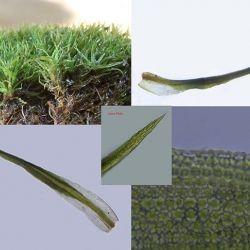
t_13b303665a1c8729f237724d573d5e94.jpg from: https://www.asturnatura.com/especie/tortella-tortuosa.html
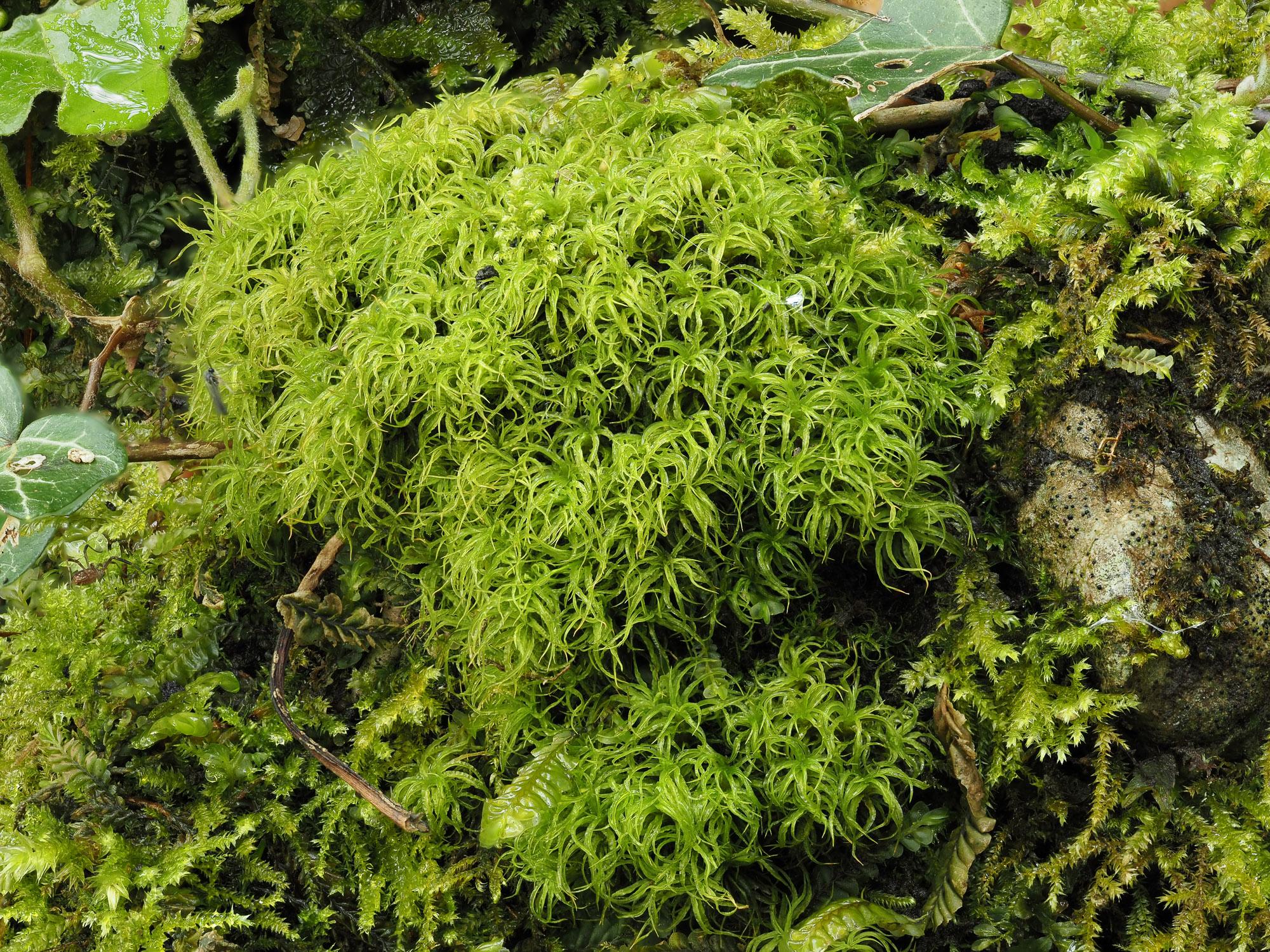
2022-05-19-07-54-00.jpg from: https://www.britishbryologicalsociety.org.uk/learning/species-finder/tortella-tortuosa/
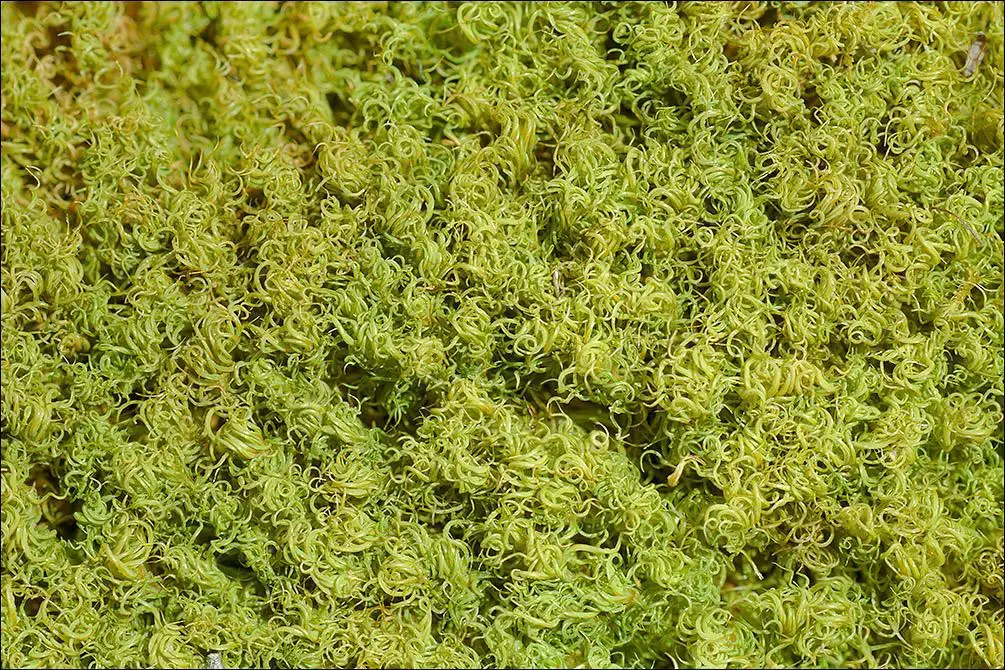
51716302092_d340afbc40_b.jpg from: https://www.flickr.com/photos/atrnkoczy/51716302092/
| Characteristic | Description |
|---|---|
| Family | Pottiaceae |
| Genus | Tortella |
| Species | tortuosa |
| Growth Form | Acrocarpous moss, forming dense tufts or cushions |
| Leaf Shape | Lanceolate, spirally twisted when dry |
| Costa | Single, extending to the leaf apex |
| Capsule | Cylindrical, erect |
| Seta | Twisted |
| Peristome | Twisted |
| Distribution | Cosmopolitan |
| Habitat | Dry and exposed areas, shaded and moist environments |
| Ecological Roles | Soil stabilization, pioneer species, microhabitat provision |
| Adaptations | Poikilohydry, twisted leaves for water conservation |
Conclusion
The Tortella tortuosa (Schrad. ex Hedw.) Limpr. moss, or Tortella, is a remarkable example of the diversity and resilience found in the world of bryophytes. Despite its small size, this moss plays crucial roles in various ecosystems and has adapted to thrive in a wide range of habitats. As we continue to explore and appreciate the wonders of the natural world, perhaps we can take a moment to appreciate the unassuming beauty and importance of this humble yet extraordinary moss.
Thought-provoking question: Can the study of mosses like Tortella tortuosa provide insights into developing more sustainable and resilient ecosystems in the face of environmental challenges?